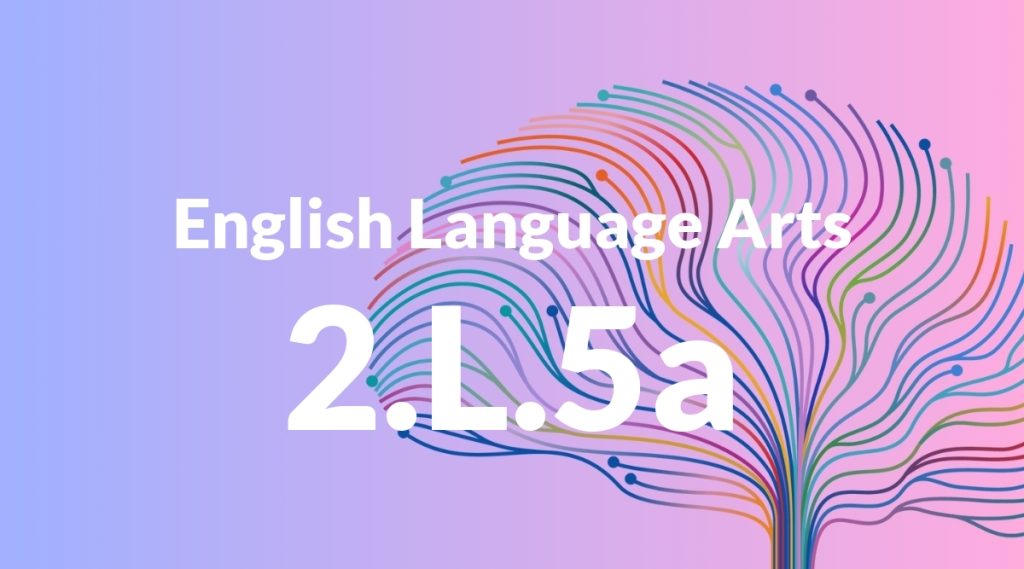Standard: 2.L.5 – Demonstrate understanding of word relationships and nuances in word meanings.
Grade level: Grade 2
Subject: English Language Arts
Domain: Language
Teacher Overview
This standard focuses on helping students understand the relationships between words and the subtle differences in their meanings. This is crucial in developing their vocabulary and comprehension skills, which are foundational for effective communication and reading comprehension. Students should be familiar with basic vocabulary and simple sentence structures. They should also understand that words can have similar or opposite meanings.
Mastering this standard will enable students to understand more complex word relationships and nuances, which will help them in reading comprehension and effective communication.
Common Misconception 1
A common misconception is that all synonyms can be used interchangeably. This is incorrect because synonyms, while similar, can have different connotations and are appropriate in different contexts.
Intervention 1
To address this misconception, provide students with sentences where synonyms are used and discuss why one synonym may be more appropriate than another in a given context.
Common Misconception 2
Another misconception is that words have only one meaning. This is incorrect because many words have multiple meanings depending on the context in which they are used.
Intervention 2
Use examples of words in different contexts to show how their meanings can change. Encourage students to use context clues to infer meanings.
Prerequisite Knowledge
Students should have a basic understanding of vocabulary, including the ability to recognize and use common words. They should also be familiar with simple sentence structures and the concept that words can have similar or opposite meanings.
Subsequent Knowledge
After mastering this standard, students will be able to analyze more complex word relationships, understand figurative language, and use context to infer the meanings of unfamiliar words in more advanced texts.
Instructional Activities
- Synonym and antonym matching games
- Context clue scavenger hunts
- Sentence completion exercises using synonyms and antonyms
- Reading and discussing stories with rich vocabulary
- Creating word maps to explore relationships between words




